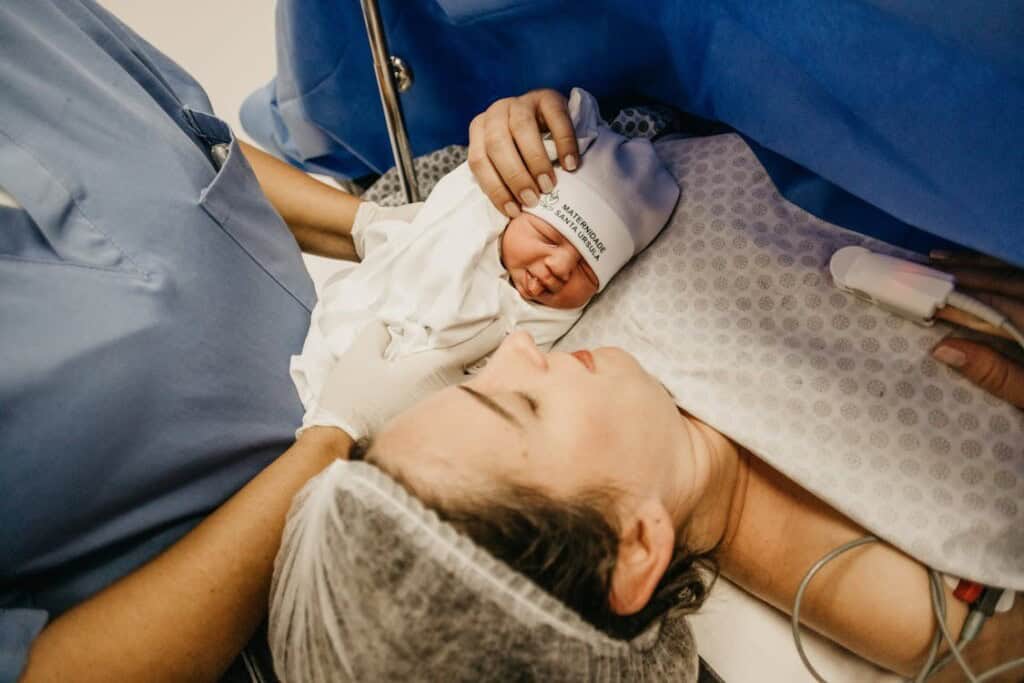
Negligent medical care during pregnancy or delivery may lead to injuries that could have been avoided, causing lasting harm to the mother or child.
Such injuries may stem from delayed intervention, improper use of instruments, inadequate monitoring, or misjudgment. Negligence implies a departure from the level of care a reasonably competent practitioner would provide under similar circumstances.
When harm follows, it may constitute a birth injury claim, assuming it can be shown that substandard care directly caused the injury.
How Do Injuries Occur?

Birth injuries arise in various ways. One common mechanism is failure to monitor fetal distress, where professionals miss signs of insufficient oxygen (hypoxia) and delay intervention. Another is improper use of forceps or vacuum extractors, potentially causing nerve damage or skull fractures. In each scenario, injury results from a preventable failure in professional responsibility. When these failures lead to harm, a birth injury lawyer can help families assess whether medical negligence occurred and what legal options may be available.
Which Injuries Are Common?
Several types of birth injuries are frequently associated with negligence:
- Brachial‑plexus injury: Stretching of the nerves in a newborn’s shoulder, often due to excessive pulling during delivery.
- Cephalohematoma: Bleeding under the baby’s scalp, sometimes resulting from forceps or vacuum use.
- Fractured clavicle or skull: Physical fractures that may occur when instruments are used with excessive force.
- Intracranial hemorrhage: Bleeding within the baby’s skull, potentially leading to seizures or long‑term neurological deficits.
- Hypoxic‑ischemic encephalopathy (HIE): Injury to the brain due to insufficient oxygen, typically associated with failure to act on fetal distress or postponement of a C-section.
Each of these injuries can vary in severity, from temporary weakness to lifelong disability, depending on the promptness and appropriateness of medical care.
Why Does Negligence Happen?
Negligence during childbirth can result from several systemic or individual failures. Common contributing factors include:
- Insufficient fetal monitoring: Healthcare teams may fail to recognize, document, or act on changes in the baby’s heartbeat.
- Poor instrument handling: Inexperienced or hurried providers may misuse forceps or vacuum extractors, leading to complications.
- Delayed decision‑making: Hesitation or misjudgment about when to perform a cesarean section can lead to avoidable complications.
- Inadequate communication: Critical warning signs may not be shared among obstetricians, nurses, and anesthesiologists, resulting in missed opportunities for timely intervention.
- Incomplete prenatal care: Failure to manage maternal conditions like diabetes or high blood pressure can increase birth risks and complicate labor.
In many cases, negligence is not a single error but rather a cascade of problems in training, teamwork, timing, and decision-making.
When Does Legal Action Apply?
Legal recourse arises when three elements are established:
- Duty: The provider had a responsibility to deliver adequate care.
- Breach: The provider failed to meet accepted standards—for example, delaying required cesarean or misreading fetal monitoring strips.
- Causation and harm: The delay or error directly caused the injury, which resulted in measurable consequences like the cost of treatment, developmental delay, or lifelong disability.
If a medical expert confirms that standard care was not met and that the failure caused the injury, the groundwork for a claim is present.
When Should Families Seek Advice?
Families suspecting birth injuries caused by negligence may consider the following steps:
- Seek medical evaluation: Independent pediatric specialists or neurologists can confirm whether injury symptoms are present.
- Request records: Obtain hospital and prenatal records as soon as possible since these are critical for any review.
- Consult a birth‑injury attorney: Lawyers specializing in medical negligence can evaluate whether a claim is viable.
- Meet relevant deadlines: Legal timeframes (statutes of limitations) for medical claims vary by jurisdiction, so timely action is essential.
- Coordinate support services: While legal proceedings unfold, families may qualify for early intervention programs or community-based therapies.
The Bottom Line
Birth injuries due to negligence occur when healthcare providers deviate from accepted standards of care during labor, delivery, or prenatal monitoring—and that deviation causes preventable harm. Common injuries include nerve damage, fractures, bleeding, and brain injury. Prompt recognition, medical intervention, and documentation are key to improving outcomes and establishing legal recourse. As such, families play a central role by tracking symptoms, obtaining records, consulting experts, and seeking both medical and legal guidance.